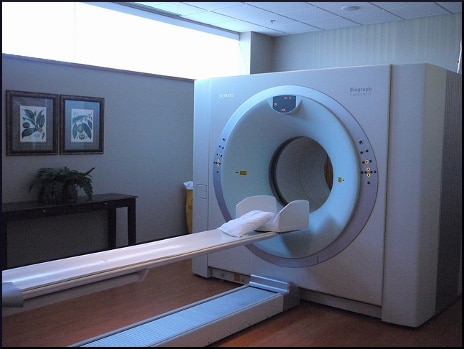
The first astonishing thing researchers learned about brown fat, a while back, was that lean people have more of it than overweight and obese people. A short informative paragraph from MedicalNewsToday.com gives the basics:
White adipocytes (white fat cells) have a single lipid droplet, brown adipocytes contain many small lipid droplets, as well as a very high number of iron-containing mitochondria. Brown fat gets its dark red to tan color from its high iron content. Brown fat has more capillaries than white fat, because of its higher oxygen consumption. Brown fat also has many unmyelinated nerves, providing sympathetic stimulation to the fat cells.
As scientists focused on the substance, it gave up its secrets slowly. Also known as BAT (brown adipose tissue) it seemed to have a lot to do with the burning of calories, and the first thought was to try and take advantage of this feature by chemically enhancing it. Some drugs would stimulate its activity, but without affecting the subject’s obese condition. Worse yet, the drug might jumpstart brown fat’s activity, but would bring along undesirable side effects.
We have seen that cold, either in the surrounding climate or directly applied to the body, can stimulate white fat’s decision to brownify, or become beige fat, which aids weight loss. As it turns out, brown fat is also susceptible to more than one type of influence. Last year, the American Physiological Society announced that, according to lab rodent research, increased blood flow causes brown fat to burn more calories.
When chemical action is able to exert an influence, it is said to have recruited the brown fat. In other words, to have persuaded it to do the required job of turning white fat into so-called beige fat; to stop storing energy and use it up instead.
As ScienceDaily.com expressed it:
If we have a compound that increases energy expenditure by recruiting new brown fat and activating brown fat thermogenesis, then it might work synergistically with conventional anti-obesity medications.
Headed by Shingo Kajimura, Ph.D., a research team from the University of California, San Francisco, managed to, for the first time, isolate beige fat. They also found new associated genetic markers.
The newest, hot-off-the-presses word about BAT comes from a study published by the Journal of Nuclear Medicine, which is appropriate because the data were gathered via positron emission tomography. Because such a scan can visualize metabolic activity in the human body, brown fat was first discovered by this means.
In this new Technical University of Munich study, nearly 3,000 PET scans were performed on 1644 subjects. The first surprise these scientists uncovered is that brown fat is more plentiful than it first appeared to be. We might have three times as much of it as was previously believed.
The second discovery causes much excitement:
The researchers showed for the first time that brown fat activity is affected by a variable known as creatinine clearance, which is related to renal function… [O]ne hypothesis is that there may be signaling substances that affect both brown fat and the kidneys.
The significance of this finding is that it gives new hope for the ability to develop pharmaceuticals that activate that brown fat. As Dr. Tobias Fromme phrased it, “the outlook for the efficacy of drugs in brown adipose tissue can be adjusted upwards.” This could make an unprecedented difference in the lives and health of patients suffering from diabetes and seemingly intractable obesity.
Your responses and feedback are welcome!
Source: “What is Brown Fat?,” MedicalNewsToday.com, 09/15/14
Source: “Turning on blood flow turns on fat-burning brown fat in mice,” ScienceDaily.com, 03/01/16
Source: “‘Beige’ fat-burning cells in humans identified,” ScienceDaily.com, 04/01/15
Source: “Humans have three times more brown body fat,” ScienceDaily.com, 03/01/17
Photo credit: Thirteen Of Clubs via Visualhunt/CC BY-SA

 FAQs and Media Requests:
FAQs and Media Requests: 












2 Responses
Hello Dr Robert I’ currently doing a research in brown fat in the University of Nottingham. I’m looking at if brown fat can be increased with prebiotics and olive oil 🙂
Interesting!